
For the first time in nearly six decades, Americans can examine the government’s raw files on Dr. King’s killing. On July 21, 2025, Director of National Intelligence Tulsi Gabbard publicly released over 230,000 pages of documents from the FBI and other agencies. This unprecedented trove – assembled with the DOJ, FBI, CIA and National Archives – is the largest single disclosure of King-related records in U.S. history.
It includes FBI memos, CIA intelligence reports, international police records and news clippings, detailing the decades-long investigation. Many of these pages had never been digitized or made public since 1968.
Mounting Pressure

Meanwhile, the release arrived against a charged political backdrop. Trump’s supporters had been demanding other secret files – especially records tied to financier Jeffrey Epstein – and some saw King’s release as a distraction. Civil-rights observers and activists questioned why King’s records were prioritized, suggesting it might be a tactic to redirect attention.
MLK’s daughter Bernice King captured that sentiment in a tweet: “Now, do the Epstein files,” she wrote after the announcement. Many felt this sequence raised doubts about the administration’s motives, fueling calls for equal transparency rather than political maneuvering.
Historical Context
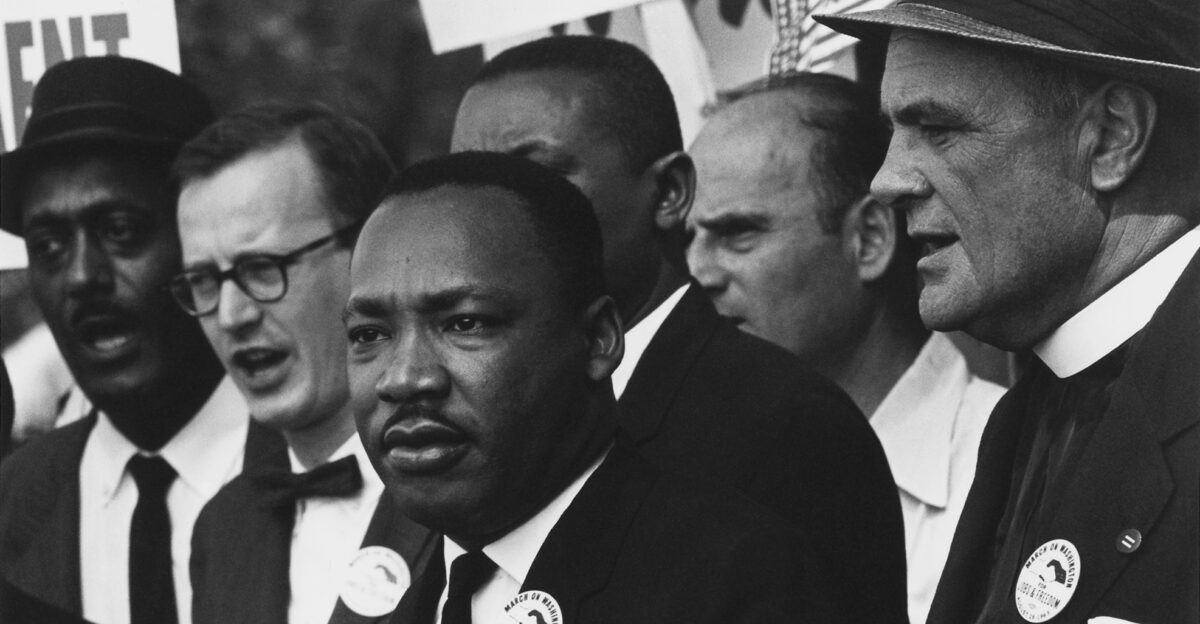
The FBI’s campaign against Dr. King began in 1962. J. Edgar Hoover viewed King as a communist subversive and ordered aggressive surveillance. Agents tapped King’s home and office phones, bugged his hotel rooms, and circulated rumors to smear him. In 1964, the bureau even sent King an anonymous “suicide letter” with secretly recorded tapes of his private conversations – an implied threat meant to silence him.
Congressional investigators later condemned these tactics as a “vile smear campaign,” characterizing the FBI’s program as “one of the most abusive of all FBI programs”.
Family Resistance
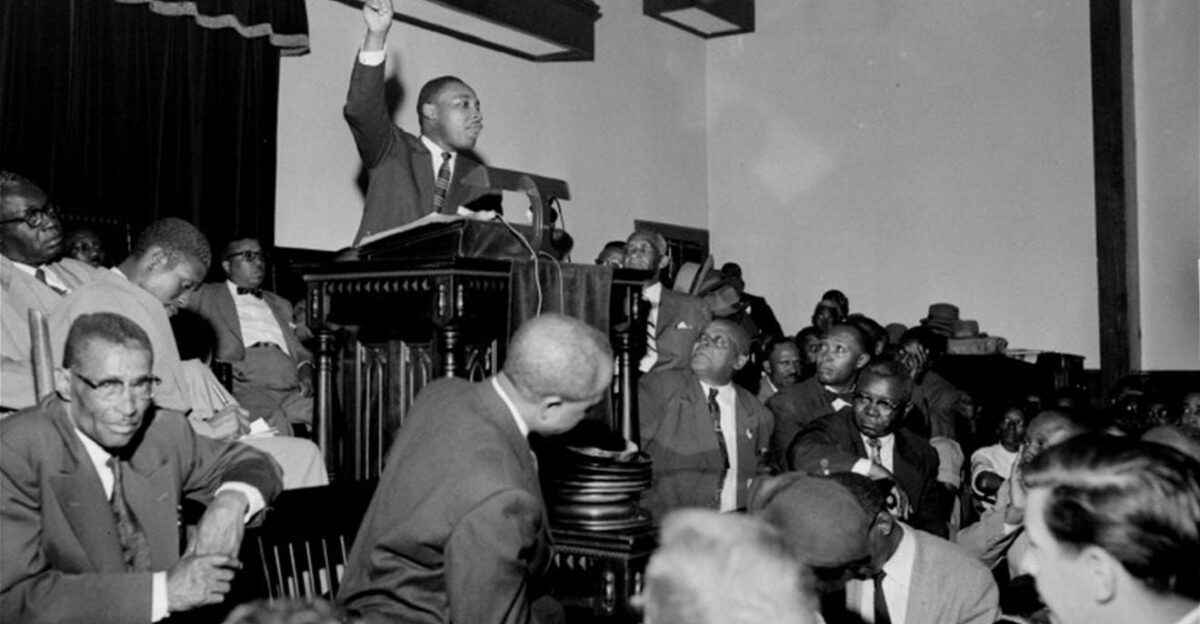
King’s children objected immediately. Martin Luther King III and Bernice King reminded Americans that their father had been relentlessly targeted by FBI surveillance. In a joint statement they noted that his assassination “has been an intensely personal grief” for their family and urged the public to handle the documents with compassion.
They explicitly asked readers to engage with the files “with empathy, restraint, and respect for our family’s continuing grief”. The Southern Christian Leadership Conference – an organization King once led – likewise warned that fully unsealing everything could violate privacy and distort his legacy.
Executive Order
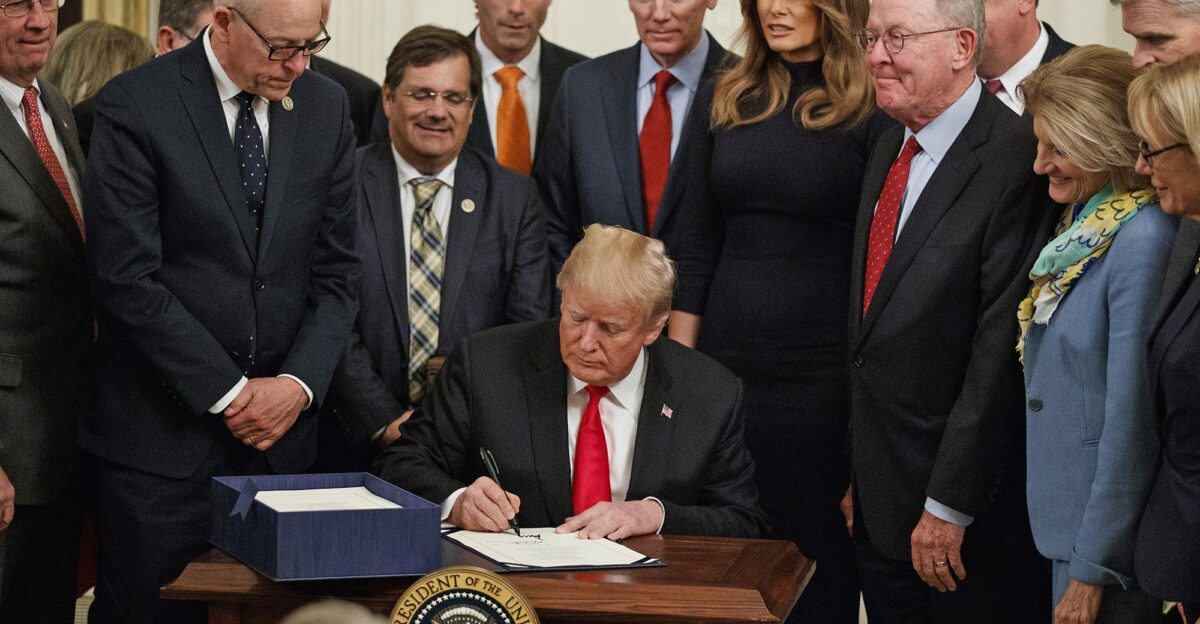
Then came the pivotal turn. On January 23, 2025, President Trump signed Executive Order 14176, mandating the “full and complete release” of all government records on the assassinations of John F. Kennedy, Robert F. Kennedy and Martin Luther King Jr. The White House made the goal explicit: “More than 50 years after these assassinations, the victims’ families and the American people deserve the truth”.
Acting on Trump’s directive, Director Gabbard worked with the Justice Department, FBI, CIA and National Archives to publish the MLK files immediately. Records that had been sealed for decades were pulled forward to meet the order, fulfilling Trump’s campaign pledge to finally declassify these Cold-War-era secrets.
Document Contents

The newly public files illuminate the hunt for King’s assassin as much as they chronicle King himself. They include FBI memos detailing leads in the case and internal notes on investigative progress, as well as documents about James Earl Ray’s former cellmate, who claimed he discussed an assassination plot with Ray.
International materials appear as well: for example, Canadian police documents and CIA intelligence cables describe Ray’s escape through Canada to London under multiple aliases, and the overseas manhunt that ended with his capture at Heathrow. One notable absence: the FBI surveillance tapes of King’s private conversations are still locked away under seal, preserving some of the most intimate (and incriminating) evidence for now.
Family Tragedy
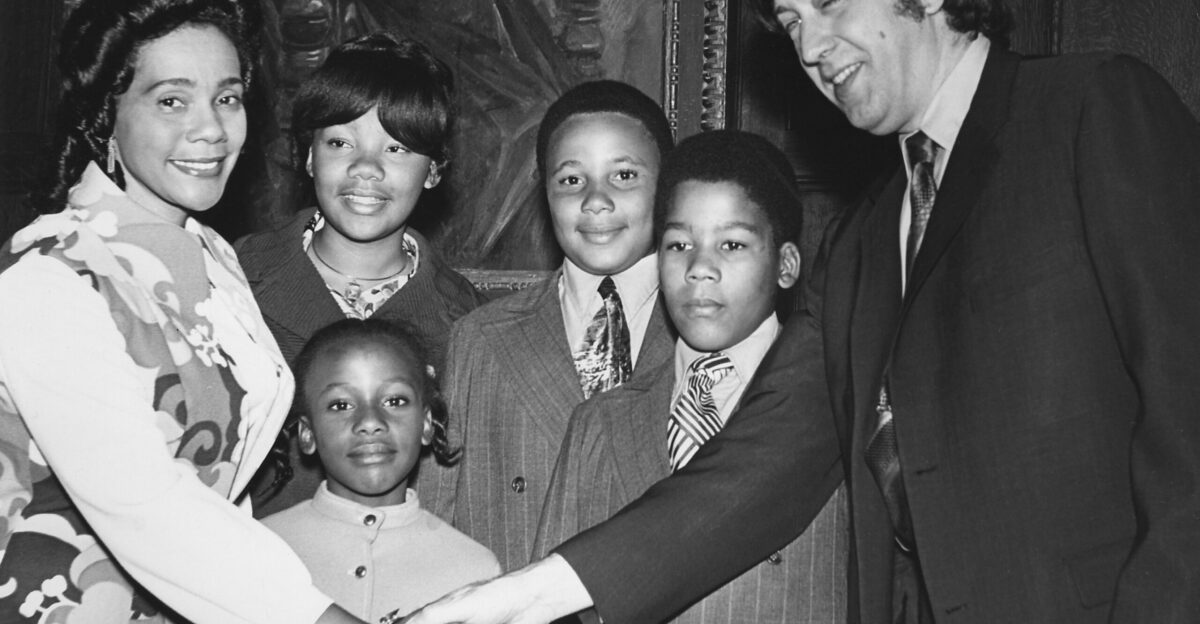
For King’s family, the trove reopened old wounds. Bernice King – just five when her father was killed – described the release as “very confusing and distressing” to her childhood self. In a Vanity Fair essay, she lamented, “I wonder why I have to be confronted once again with something that was very confusing and distressing for me as a five-year-old… I am, honestly, not prepared to revisit the gruesome details of this painful history”.
The King family continues to reject Ray’s guilt. In a 1999 Tennessee wrongful-death trial, a jury unanimously concluded that Dr. King’s assassination involved a conspiracy – implicating café owner Loyd Jowers and unnamed co-conspirators, “including government agencies” – effectively declaring Ray a fall guy.
Academic Analysis

Initial reviews by historians found few surprises. King biographer David Garrow told The New York Times he “saw nothing that struck me as new” among the files. Stanford’s Lerone A. Martin echoed that view, cautioning that this collection is unlikely to produce a “smoking gun” implicating the FBI. Memphis historian Ryan Jones said experts are keen to see “what information the FBI was discussing and circulating as part of its investigation”.
Scholars note that even without sensational revelations, the records are valuable for their detail, offering granular insight into how the FBI and other agencies ran their King investigation and how extensive government surveillance of civil-rights activists had become.
Political Backlash
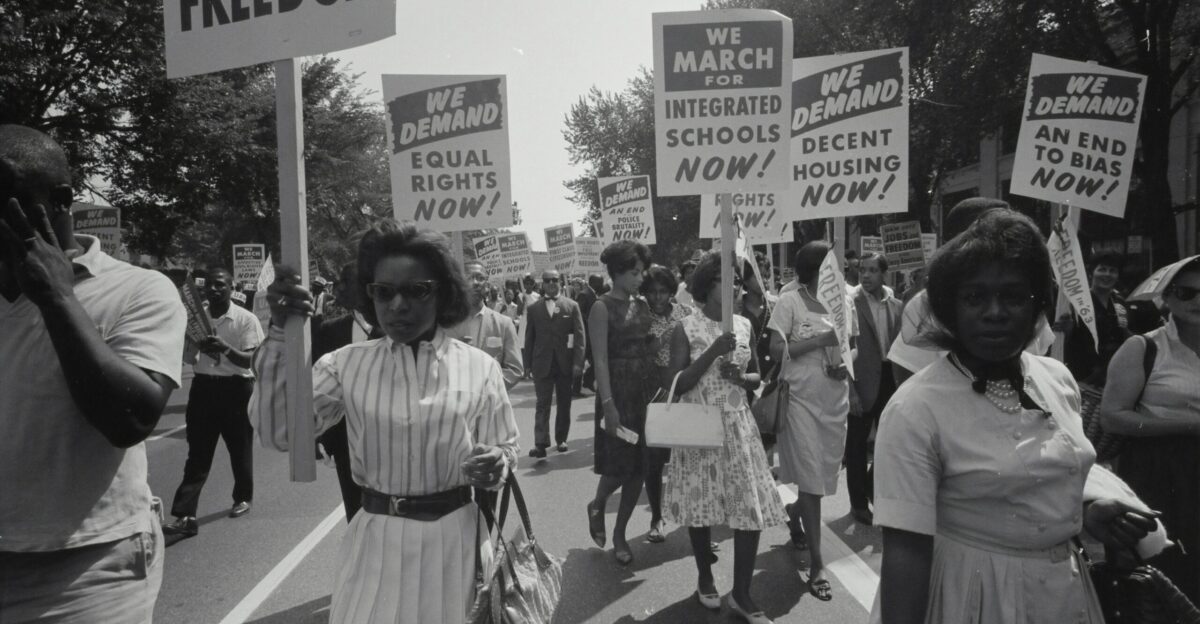
The timing provoked swift backlash. Civil-rights leaders denounced the release as political theater. Rev. Al Sharpton called it “not about transparency or justice,” but “a desperate attempt to distract people from the firestorm” over the Epstein case. The King Center likewise labeled the timing “unfortunate and ill-timed”, given the nation’s urgent concerns.
Commentators on both sides noted how quickly the debate became entangled with today’s culture wars. Some suggested Trump may be using the uproar to stoke anti-establishment sentiment, reinforcing a narrative that the FBI is corrupt – a claim that supporters say vindicates recent personnel changes.
Unresolved Legacy
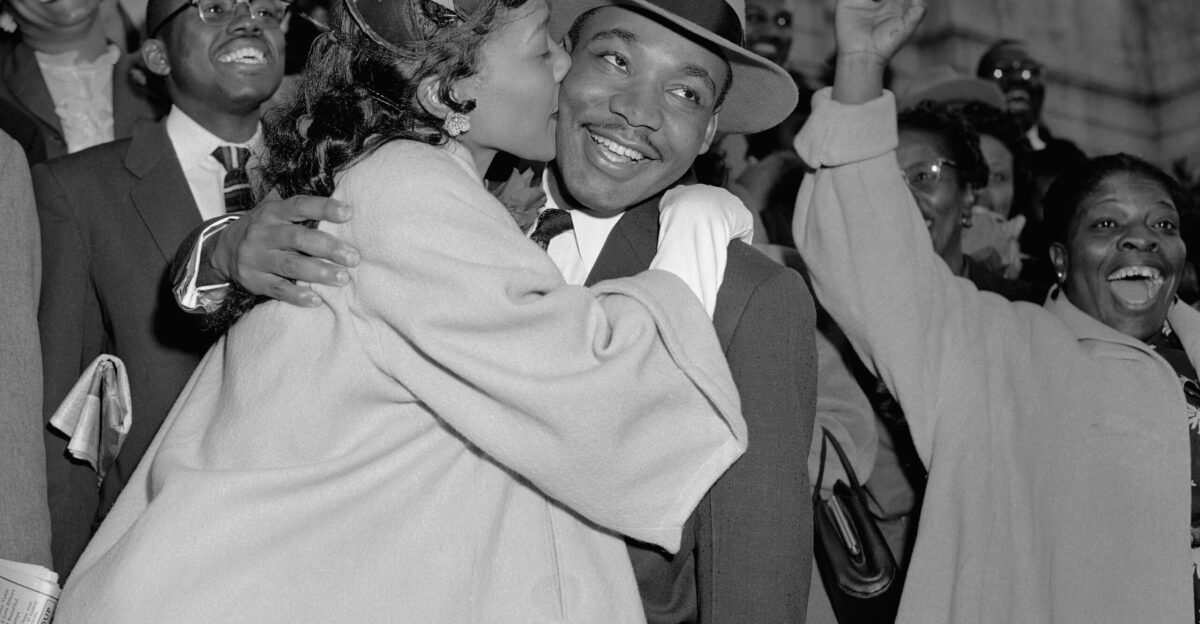
In the end, fundamental questions remain. The release underscores the tension between transparency and personal privacy – especially since the most damning FBI surveillance tapes remain sealed for now. Scholars will be sifting through 240,000 pages for years, but King’s family urges perspective.
They reminded Americans that “these files must be viewed within their full historical context”, emphasizing that behind every bureaucratic record lies a deeply human story of loss, faith and struggle. Whether this disclosure brings any closure – or merely fuels new conspiracy theories – will depend on how carefully that context is honored.






